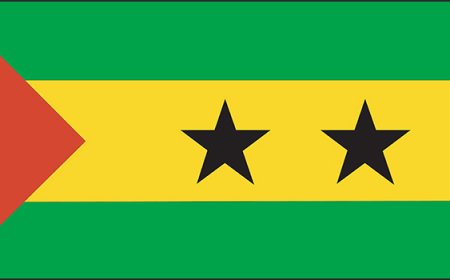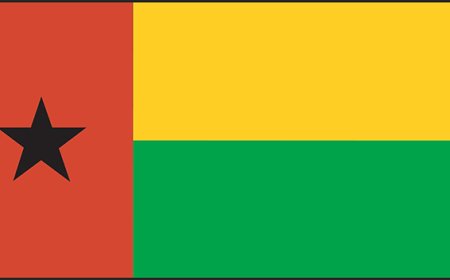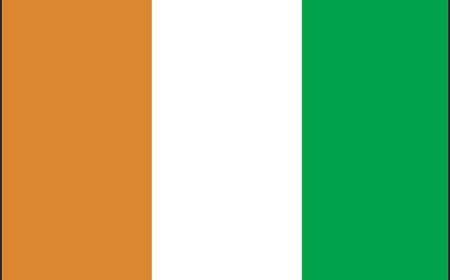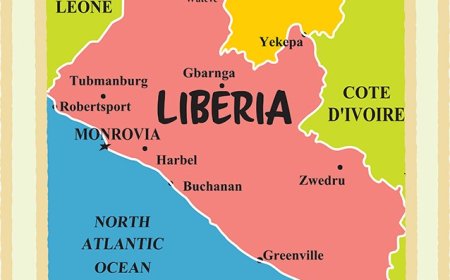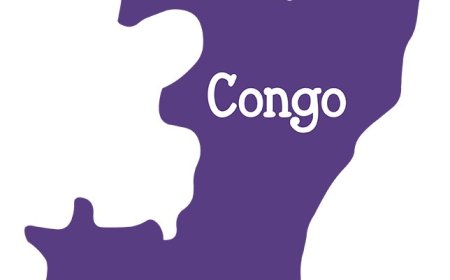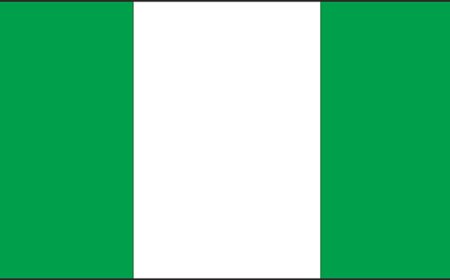Uganda for Students: Geography, History, and Culture of East Africa’s “Pearl”
Discover Uganda’s diverse landscapes, cultures, and history in this student-friendly profile. Includes vocabulary, 8-question quiz, and national education standards.
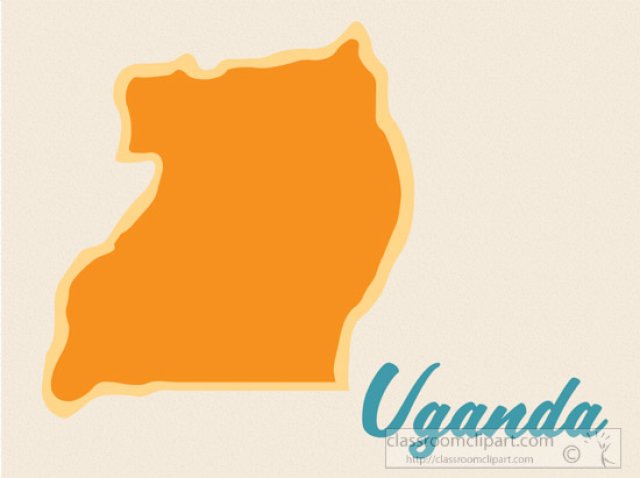
🌍 Introduction: The Pearl of Africa
Nicknamed the “Pearl of Africa” by Winston Churchill, Uganda is a land of smiling people, emerald lakes, towering mountains, and lush forests. Straddling the Equator in East Africa, this landlocked nation boasts Lake Victoria’s shores, the snows of the Rwenzori Mountains, and the banks of the mighty Nile River. Uganda’s over 50 million citizens belong to more than 50 ethnic groups, each with its own language and traditions. After gaining independence from Britain in 1962, Uganda has worked through political upheavals and is now building a future defined by education, conservation, and unity.
🗺️ Geography & Environment
Uganda covers about 241,000 square kilometers, roughly the size of the United Kingdom. In the south, the country’s greatest feature is Lake Victoria, the world’s second-largest freshwater lake, whose northern shoreline provides fishing livelihoods and transport routes. Northward, the Lake Kyoga wetlands and papyrus swamps drain into the Victoria Nile, which plunges over the Murchison Falls on its journey to the Mediterranean. To the west, the bulwark of the Rwenzori Mountains—often called the Mountains of the Moon—towers above 5,000 meters, their glaciers feeding cool rivers. Beyond lies the Albertine Rift, home to deep lakes like Lake Albert and Lake Edward, and rich rainforests. In the east and northeast, savanna and semi-arid plains extend toward Kenya and South Sudan.
Uganda’s climate ranges from tropical rainforest in the southwest to tropical savanna across the plateau. Rain falls in two main seasons—March to May and October to November—nourishing tea, coffee, bananas, and cotton. Deforestation, wetlands drainage, and erosion on steep slopes threaten these ecosystems, but national parks such as Bwindi Impenetrable and Queen Elizabeth safeguard mountain gorillas, tree-climbing lions, and countless bird species.
🏛️ Government, Language & Population
Uganda is a presidential republic with a unicameral parliament and an independent judiciary. The capital, Kampala, sprawls across seven hills on Lake Victoria’s northern shore, blending colonial architecture with modern skyscrapers, bustling markets, and university campuses. Uganda’s population exceeds 50 million, making it one of Africa’s fastest-growing nations. The largest ethnic group is the Baganda, while other major communities include the Basoga, Banyankole, Bakiga, Acholi, and Lango.
The official languages are English and Swahili, though Luganda is widely spoken in the central region. Over 40 indigenous languages reflect Uganda’s cultural mosaic. Religiously, Uganda is approximately 85% Christian (Catholic and Protestant), 12% Muslim, with small Hindu, Baha’i, and indigenous spiritual minorities. Civil society and faith groups are active in health, education, and reconciliation efforts across this youthful nation.
🎭 Culture & Daily Life
Ugandan culture thrives in music, dance, storytelling, and craftsmanship. Traditional drumming ensembles—such as the Bakisimba and Empaako ceremonies—mark weddings, harvests, and rites of passage. In Kampala’s streets, modern Afrobeat, reggae, and hip hop mingle with folk instruments like the adungu (arched harp) and endongo (lyre).
Daily life in rural villages revolves around subsistence farming. Families cultivate matooke (green bananas), cassava, sweet potatoes, beans, and groundnuts on small plots, cooking over charcoal or wood stoves. In towns, street vendors sell rolex (chapati rolled with egg and vegetables), rolex stands an iconic snack. Markets bustle with colorful cloths—gomesi wraps for women and kanzu robes for men—and handcrafted bark cloth turned into fashion.
Education is free at primary level, and school uniforms are a source of pride. Children walk long distances to attend classes, then return home to help with chores or herding goats. Community gatherings—barazas—enable local councils to discuss development, health, and land issues, reflecting Uganda’s commitment to decentralization.
📜 History Highlights
Archaeological sites in the Karamoja and Kibale regions reveal human habitation going back thousands of years. By the 1st millennium CE, Bantu-speaking kingdoms flourished, including Buganda, which centralized in the 14th century and exerted influence east of Lake Victoria. European explorers arrived in the 19th century, and by 1894, Uganda became part of the British Protectorate, with construction of the Uganda Railway to Mombasa. Christianity and formal education spread through missionary schools, reshaping social structures.
Uganda gained independence on October 9, 1962, under Prime Minister Milton Obote. A coup in 1971 brought Idi Amin to power, whose regime (1971–1979) was marked by human rights abuses and economic decline. Amin was deposed in 1979, and after civil strife, Obote returned in 1980. Guerrilla warfare led by Yoweri Museveni culminated in a new government in 1986, ushering in relative stability and economic reforms. The 1995 constitution established presidential term limits and local councils. Recent decades have seen peaceful transitions of power and a focus on infrastructure, healthcare, and education, though challenges remain in regional security—especially near South Sudan and eastern DR Congo.
💰 Economy & Resources
Uganda’s economy is anchored in agriculture, which employs about 70% of the workforce. Key cash crops include coffee (Uganda is Africa’s second-largest producer), tea, cotton, and tobacco. Subsistence farmers grow bananas, cassava, maize, and beans for home consumption and local markets. Fishing on Lake Victoria provides protein and income for lakeshore communities.
The discovery of oil in the Albertine Graben in 2006 has sparked infrastructure projects—including the East African Crude Oil Pipeline—though commercial production awaits final investment decisions. Mineral deposits of copper, gold, and phosphates exist but remain underdeveloped. Tourism is a growing sector, with visitors drawn to gorilla trekking in Bwindi, wildlife safaris, and cultural festivals. Despite an average annual GDP growth of 5–6%, Uganda faces high youth unemployment, rural poverty, and reliance on rainfall, prompting government efforts toward value-added industries, renewable energy, and digital services.
🌿 Wildlife & Natural Beauty
Uganda’s protected areas host some of Africa’s greatest wildlife spectacles. Bwindi Impenetrable National Park shelters half the world’s remaining mountain gorillas, trekked on guided expeditions that fund conservation and community projects. In Queen Elizabeth National Park, boat cruises on the Kazinga Channel reveal hippos, crocodiles, and over 600 bird species. The Murchison Falls National Park features the Nile’s thundering cascade and savanna herds of elephants, lions, and buffalo. Birders flock to Kibale Forest, home to over 350 species including the rare shoebill stork.
The Mount Elgon caldera and Rwenzori glaciers offer hiking challenges, while hot springs like Sipi Falls provide ecotourism opportunities. Community wildlife conservancies—such as Kidepo and Karamoja—blend pastoralist grazing with wildlife corridors, pioneering models of human-wildlife coexistence. Conservation initiatives focus on anti-poaching patrols, sustainable fishing, and watershed restoration to secure both biodiversity and livelihoods.
📚 Vocabulary List
Equator The imaginary line around Earth halfway between North and South Poles
Baraza A community council meeting to discuss local issues
Matooke Steamed green bananas, a staple food in Uganda
Uganda Railway The railroad built by the British linking Mombasa to Kampala
Harambe Swahili for “pull together,” symbolizing communal cooperation
Albertine Graben The rift valley region where oil was discovered in western Uganda
Impenetrable Impossible or very difficult to travel through, describing Bwindi Forest
Gorillas Large apes found in Uganda’s mountain forests
Barometer An instrument for measuring atmospheric pressure (used in meteorology)
Termite mounds Large structures built by termites, common in savanna ecosystems
🧒 Kid-Friendly Summary
Uganda is called the “Pearl of Africa” because of its green hills, big lakes, and amazing animals. People speak English, Swahili, and many tribal languages. They eat matooke (bananas) and ugali, and they love drumming and dancing at festivals. In the mountains of Bwindi, you can see mountain gorillas, and in Queen Elizabeth Park, hippos and elephants roam. Uganda got freedom in 1962 and works hard to grow coffee, tourism, and schools. Families gather at barazas to solve problems together—showing the spirit of harambe!
🎯 Interactive Quiz: What Do You Know About Uganda?
What is Uganda’s nickname?
a) Land of a Thousand Hills b) Pearl of Africa c) Roof of Africa d) Heart of Darkness
Which lake is shared by Uganda, Kenya, and Tanzania?
a) Lake Kyoga b) Lake Albert c) Lake Victoria d) Lake Turkana
What mountain is Africa’s second-highest peak?
a) Mount Kilimanjaro b) Mount Elgon c) Mount Kenya d) Mount Rwenzori (Mount Stanley)
What language is NOT an official language of Uganda?
a) English b) Swahili c) French d) Luganda
Which national park is known for mountain gorillas?
a) Kidepo b) Murchison Falls c) Queen Elizabeth d) Bwindi Impenetrable
What does “baraza” mean?
a) Market b) Dance c) Community meeting d) Restaurant
What crop is Uganda famous for exporting?
a) Tea b) Cocoa c) Coffee d) Cotton
What does “harambe” mean?
a) Go home b) Pull together c) Eat well d) Goodbye


















































